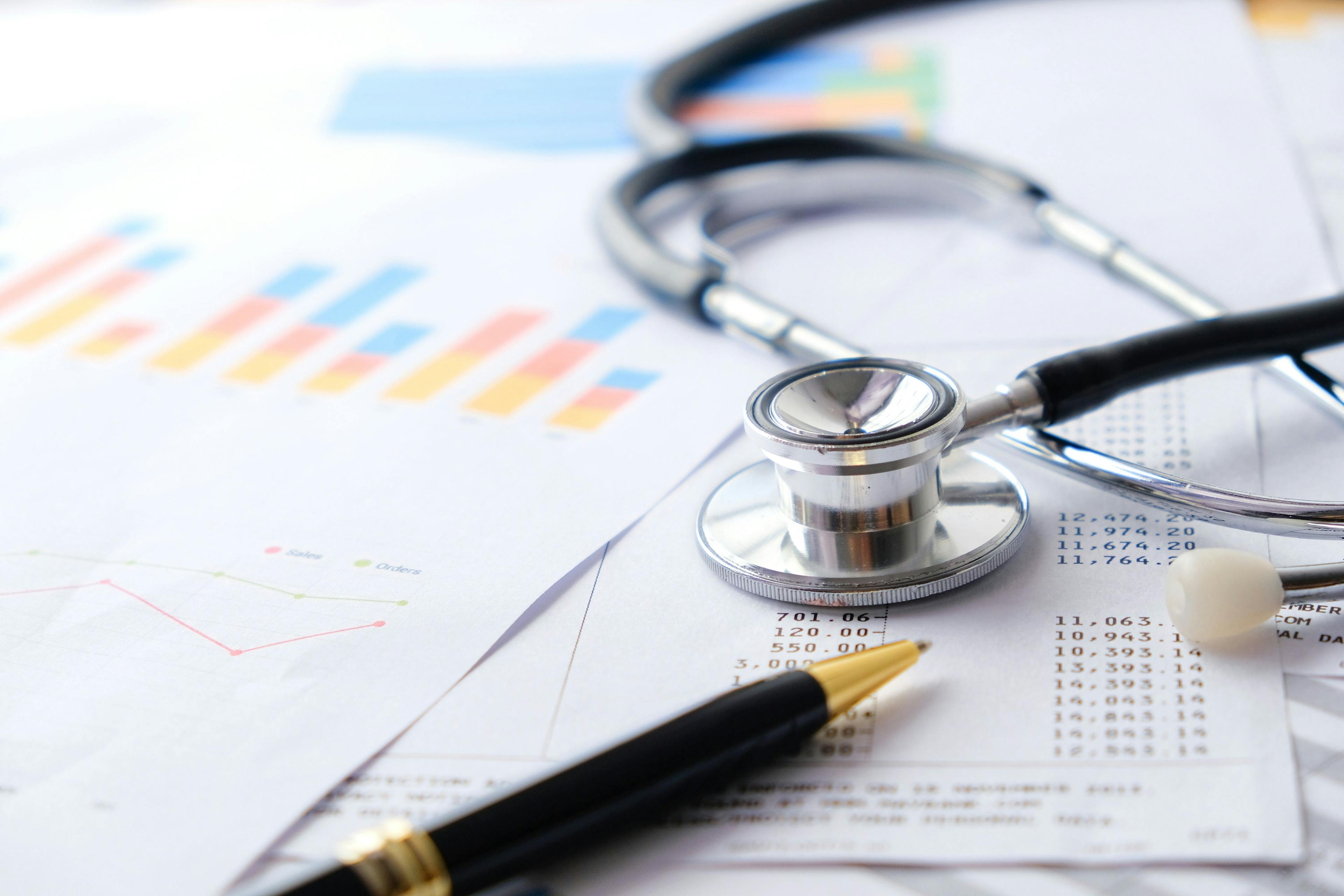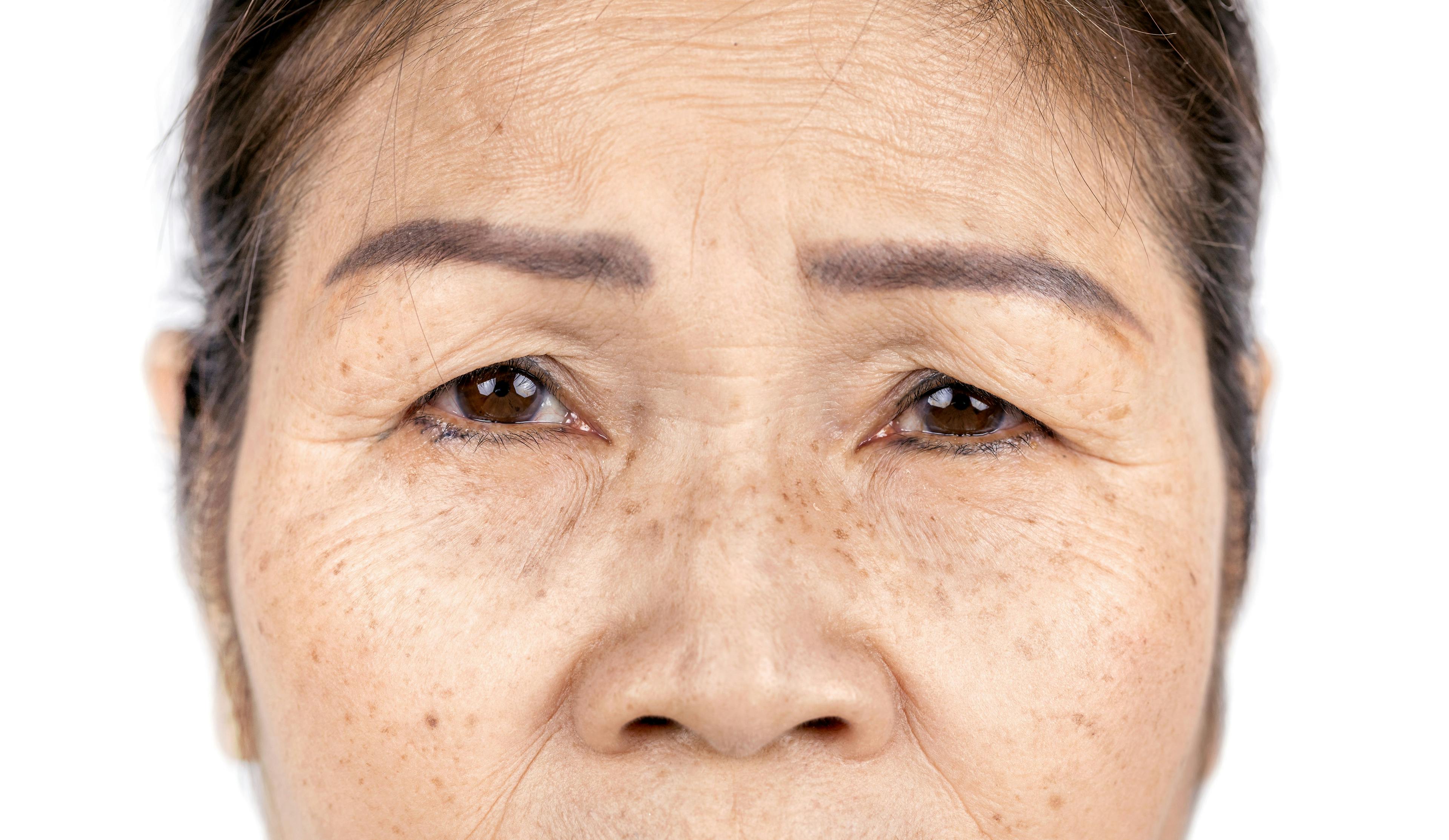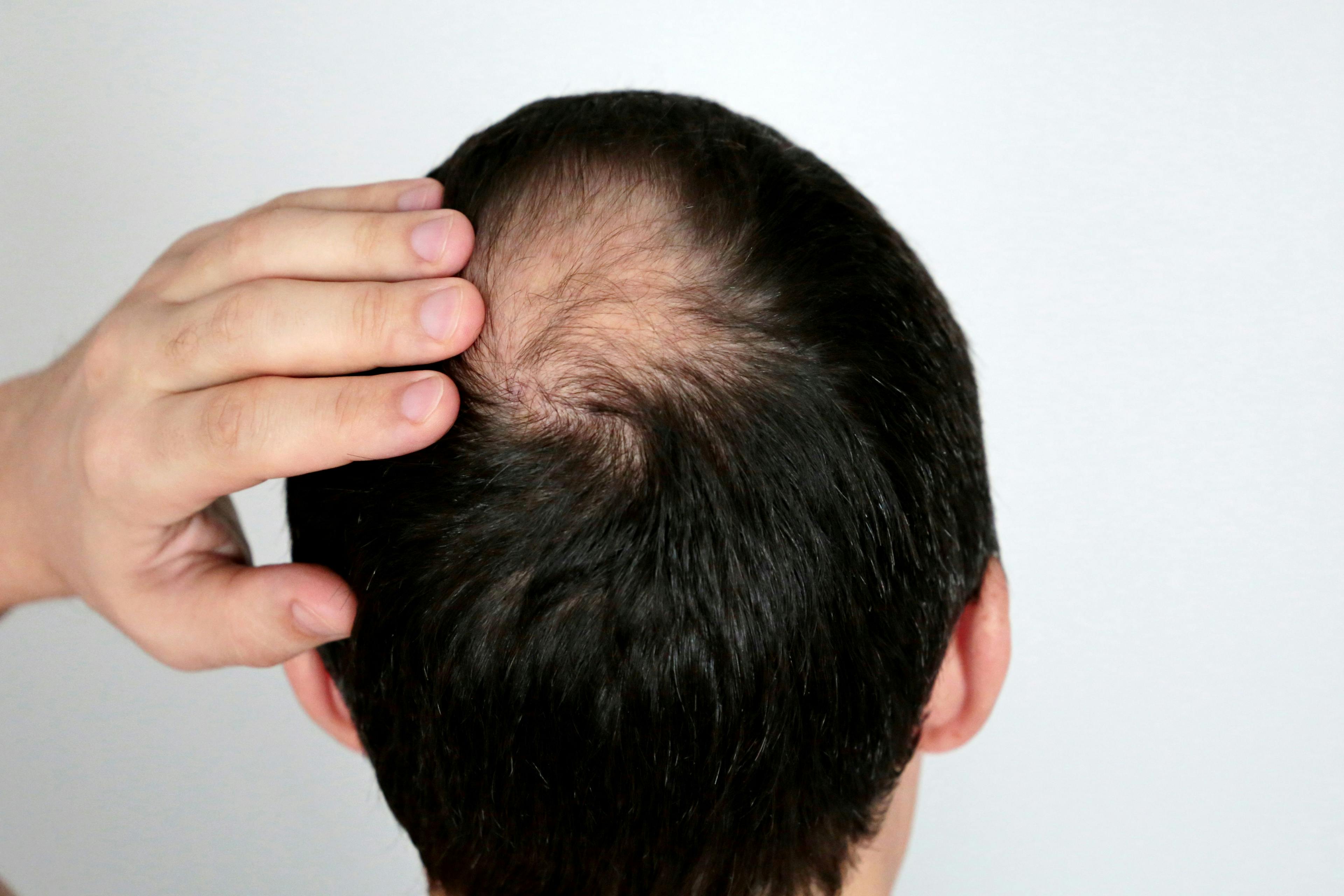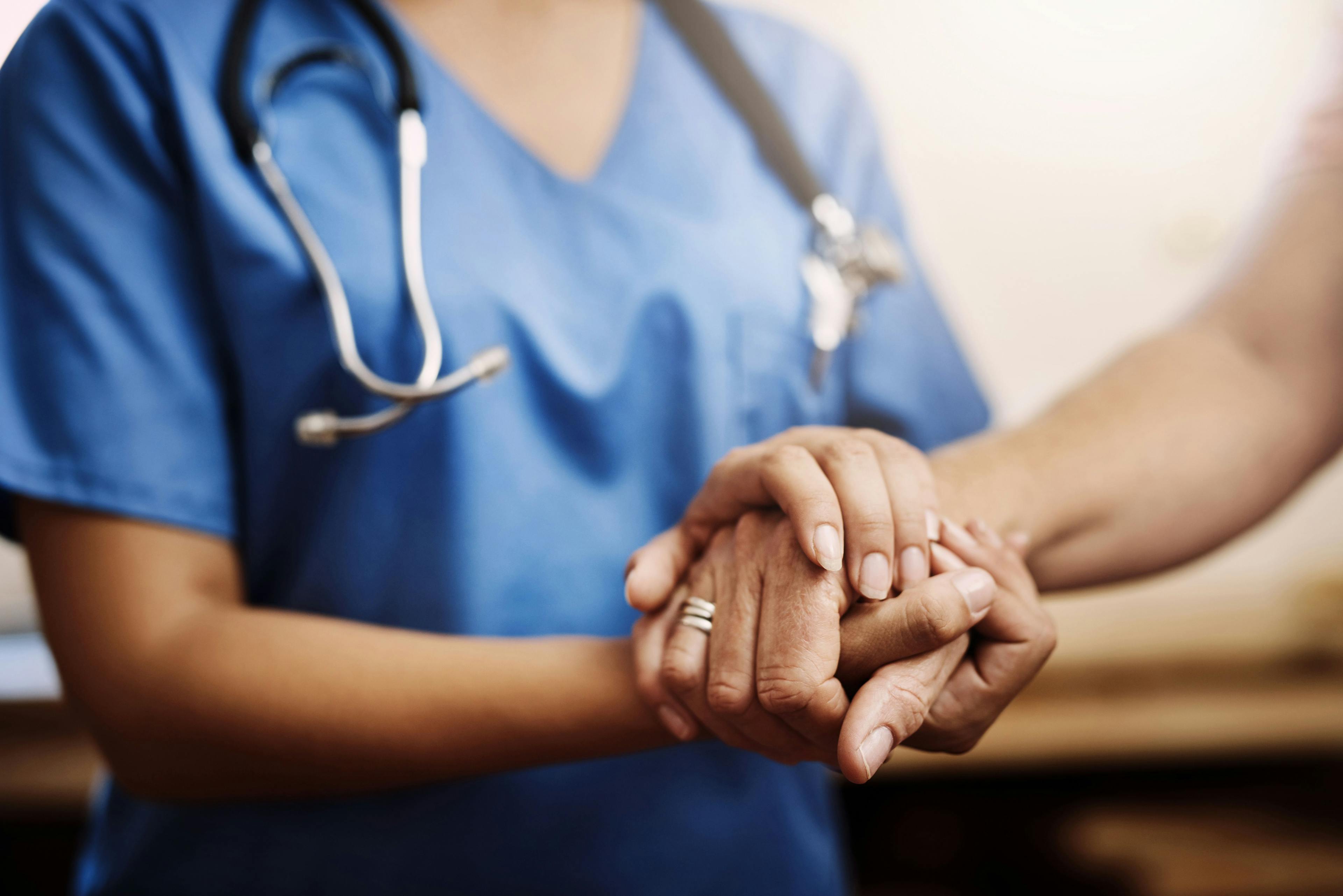- Acne
- Actinic Keratosis
- Aesthetics
- Alopecia
- Atopic Dermatitis
- Buy-and-Bill
- COVID-19
- Case-Based Roundtable
- Chronic Hand Eczema
- Chronic Spontaneous Urticaria
- Drug Watch
- Eczema
- General Dermatology
- Hidradenitis Suppurativa
- Melasma
- NP and PA
- Pediatric Dermatology
- Pigmentary Disorders
- Practice Management
- Precision Medicine and Biologics
- Prurigo Nodularis
- Psoriasis
- Psoriatic Arthritis
- Rare Disease
- Rosacea
- Skin Cancer
- Vitiligo
- Wound Care
News
Article
Dermatology Times
Focusing on Feet
Author(s):
In this month's Cosmetic Conundrums column, Zoe Diana Draelos, MD, participates in a Q&A about dry and cracked feet.
Q: How can you heal cracked heels?
Cracked heels are a common debilitating problem in mature adults. Due to the trauma of walking, which can increase with advancing age and orthopedic issues, the skin on the heels can thicken. In addition, skin desquamation does not proceed with its youthful fervor in maturity. Although seemingly innocuous, cracked heels can become a major medical issue in patients with diabetes as the crack can extend into viable skin and provide an entry for infection. The pain of cracked heels can also interfere with ambulation. I have an instruction sheet I give my patients to assist with cracked heels because I get asked so frequently about this problem. I thought I would share my time-saving instructions with you.
Q: What is the best way to cut and groom thickened toenails?
Thickened toenails can be very challenging to cut. The same procedure described above can also be used to soften thickened toenails by hydrating the keratin. Hydrated keratin is more ductile and softer, making it much easier to cut with scissors or toenail clippers. The same instructions as above can be used, except after step 9 add the following: Use scissors or toe-nail clipper to trim your softened nails on both feet. Then resume with step 10, instructing the patient to apply petroleum jelly and wear thin socks to bed. The lukewarm water penetrates the nail plate better when the dishwashing detergent is added. The surfactant aids in water penetration by removing any oily debris from the surface and slightly denaturing the keratin protein, thus opening up water-binding sites. This allows extra hydration to occur, which softens the keratin and decreases the cutting force. This is important so the nail does not crack.
Q: What is unique about products designed for diabetic feet?
A number of companies have launched products specifically for diabetic skin, including foot products. This segmentation of the moisturizer market has led to products for eczema, itchy skin, rough skin, bumpy skin (keratosis pilaris), and diabetic skin. This is a way of creating more sales through expanded product offerings with descriptions that encourage sales by speaking to certain populations that may not be traditional users of moisturizer. An individual may purchase the moisturizer because “it is just for me and my unique skin condition.” The question remains whether these segmented moisturizers contain different ingredients from those in nonsegmented moisturizers. The answer is “maybe.” Diabetic foot products tend to have a higher viscosity and more moisturizing ingredients that occlude the skin surface to encourage hydration, such as petrolatum, shea butter, and dimethicone. Although these ingredients are indicative of the extra dry skin found in diabetic feet, they are not unique to diabetic foot products.
Healing Cracked Heels
This procedure is best done in the evening just before going to bed:
- Fill a plastic dishpan with about 2 inches of lukewarm water to completely submerge your heels.
- Add 2 drops of dish soap and swirl the solution a few times with your hand.
- Put a towel close by for drying your feet.
- Place the dishpan on the floor and put your feet in for 15 minutes.
- After 15 minutes, take your right foot out and set it on your left leg. Leave your left foot in for continued soaking.
- Use your fingernails to scrape away the dead skin on your right foot. Do not use scissors, sharp files, or grinders. Only scrape away what can be easily removed. Put your right foot back in the dishpan.
- Take your left foot out of the dishpan and set it on your right leg. Leave your right foot in for continued soaking.
- Use your fingernails to scrape away the dead skin on your left foot. Again, do not use scissors, sharp files, or grinders. Only scrape away what can be easily removed. Put your left foot back in the dishpan.
- Repeat scraping the dead skin from both feet until no more can be easily removed. Usually 2 to 3 repetitions are sufficient, depending on the amount of dead skin.
- Apply petroleum jelly to your feet and put on thin socks.
- Retire for the evening and sleep in the socks.
- Remove the socks in the morning and go about your regular daily grooming.
- Repeat the soaking procedure nightly until the cracked calloused skin has been removed.
- Repeat the procedure as often as necessary to prevent calloused skin from returning.
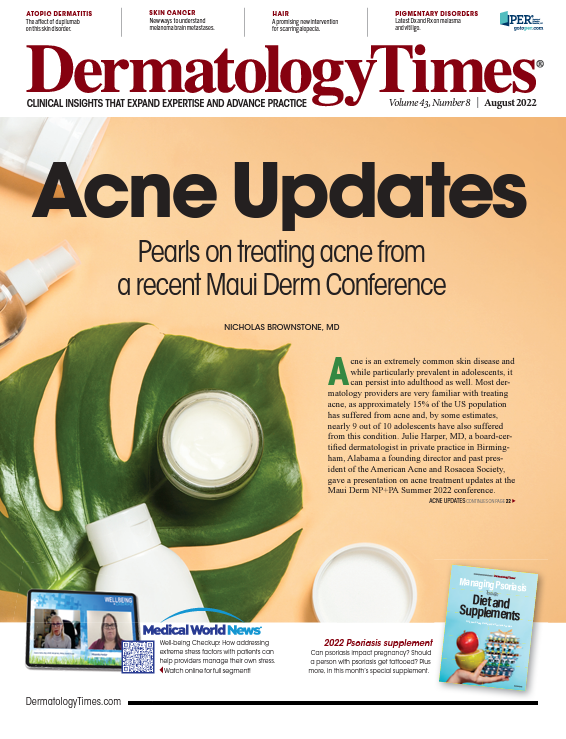
Newsletter
Like what you’re reading? Subscribe to Dermatology Times for weekly updates on therapies, innovations, and real-world practice tips.




